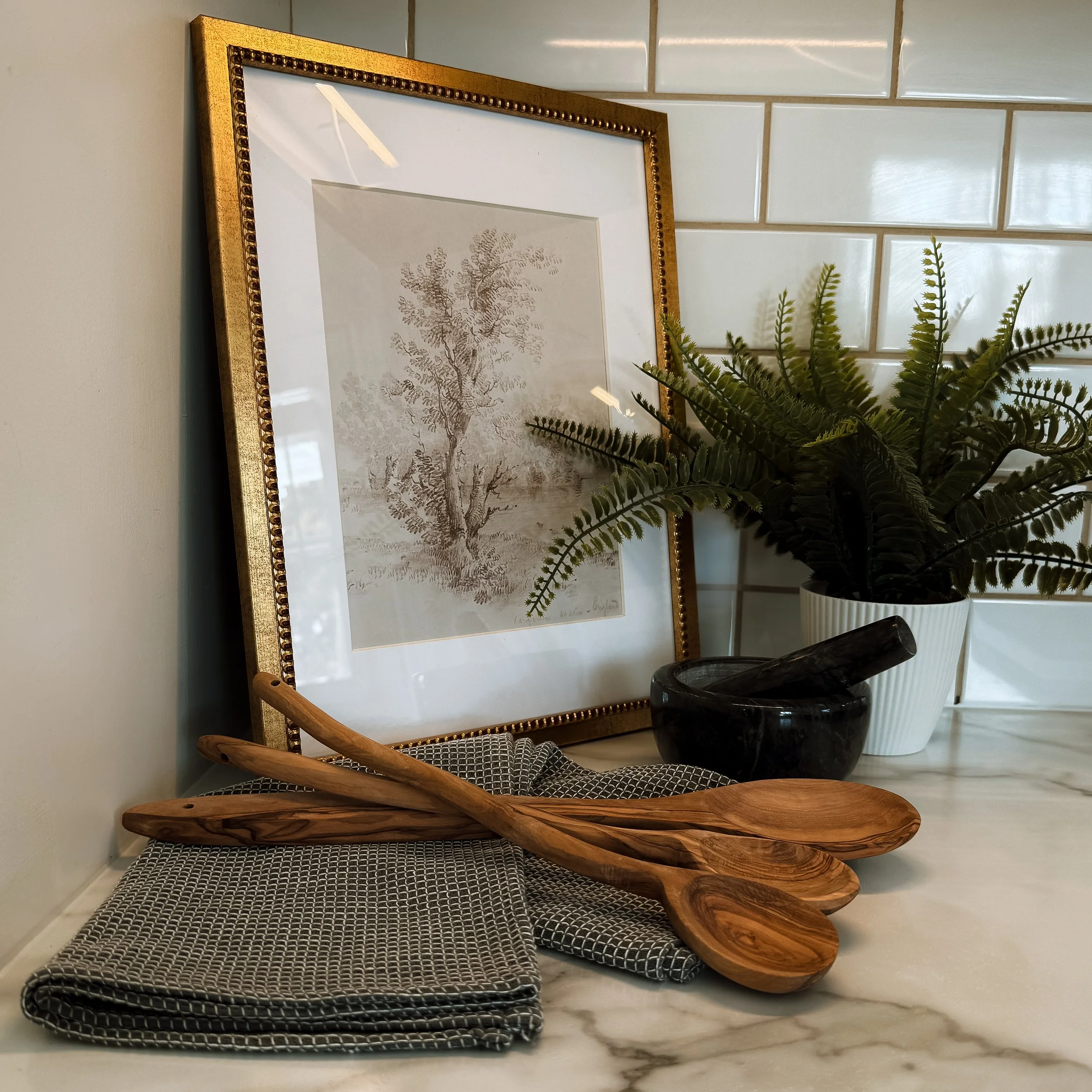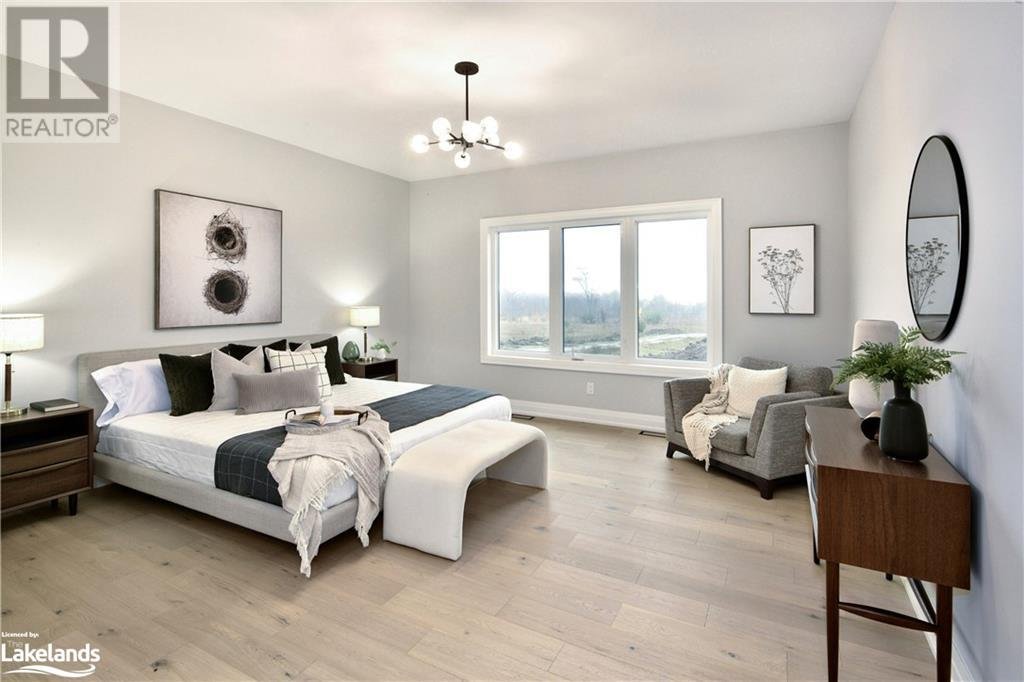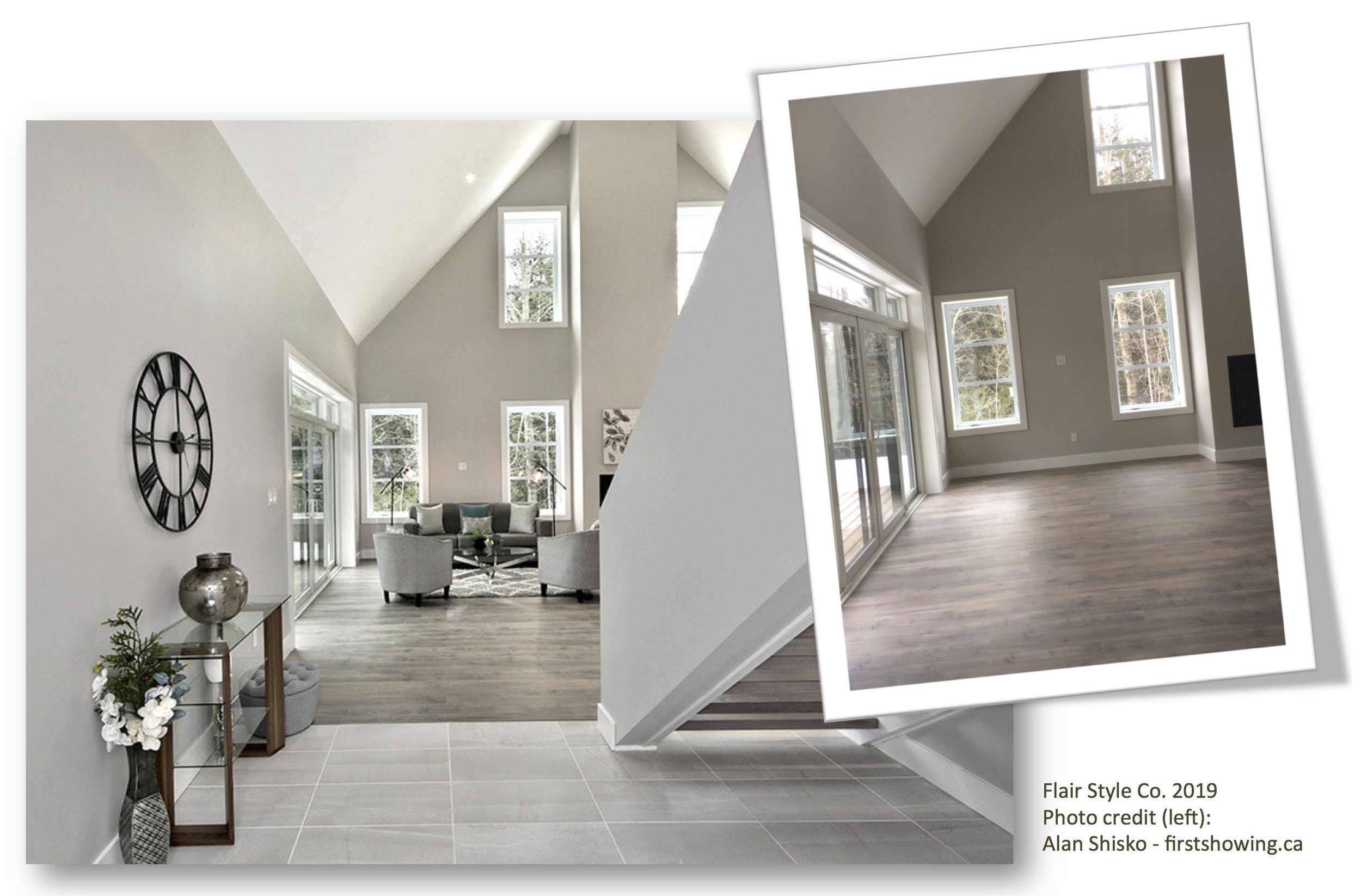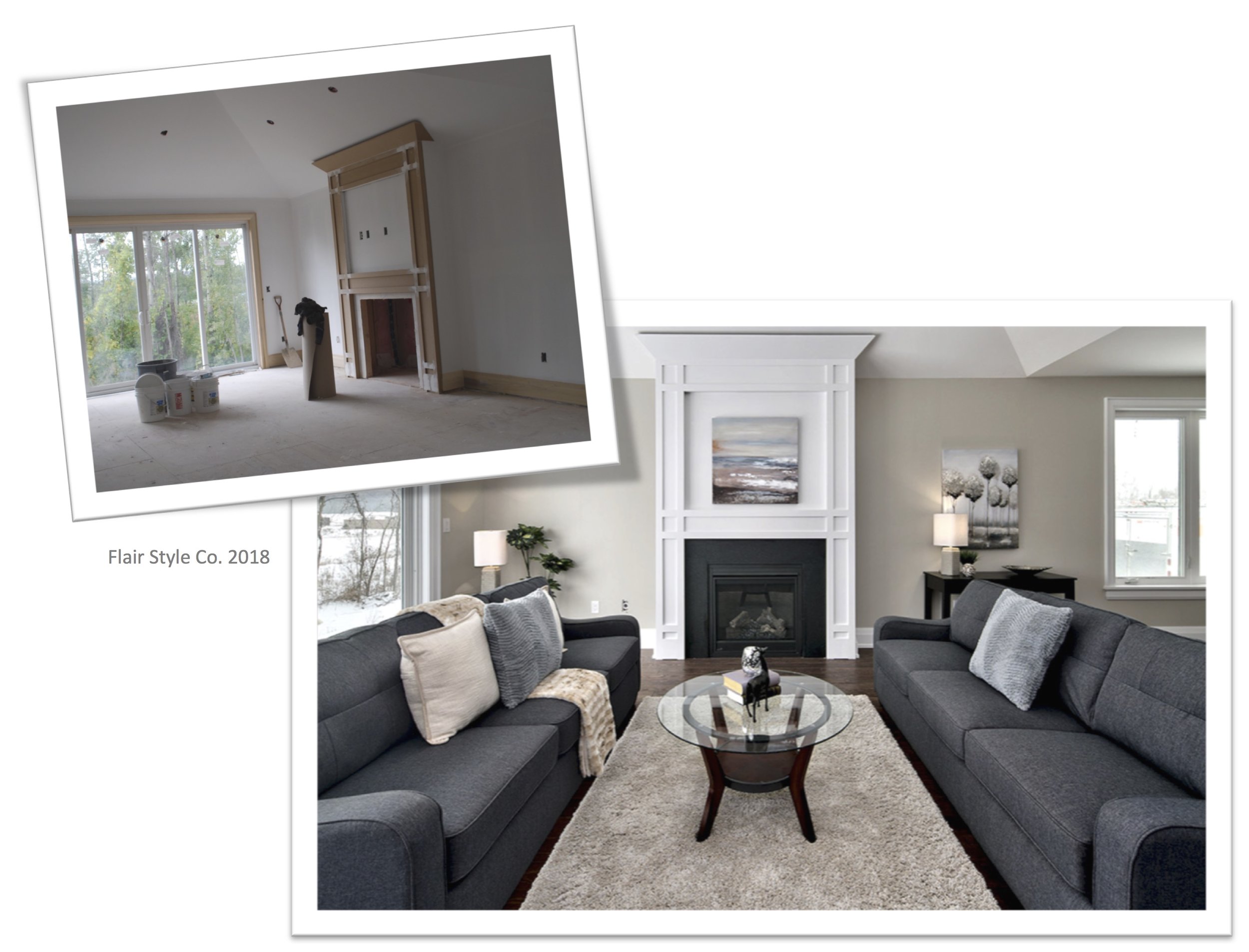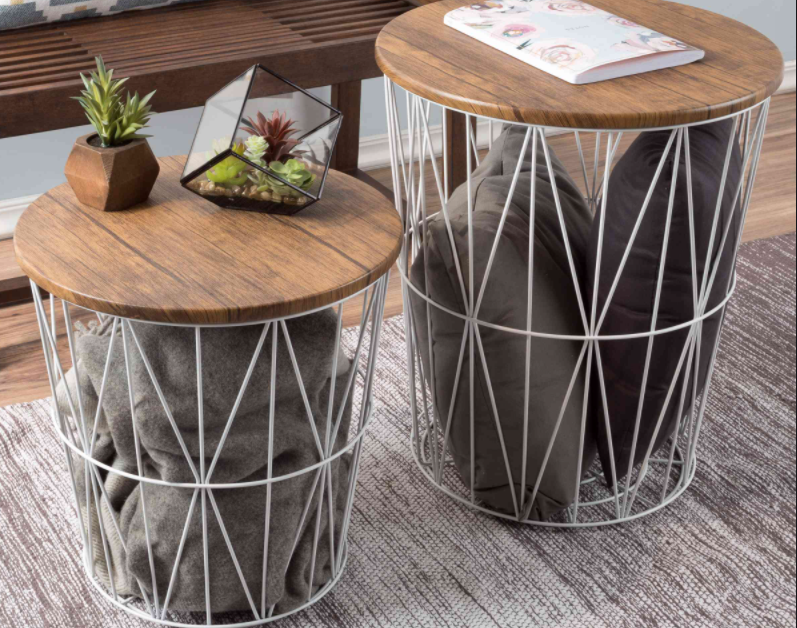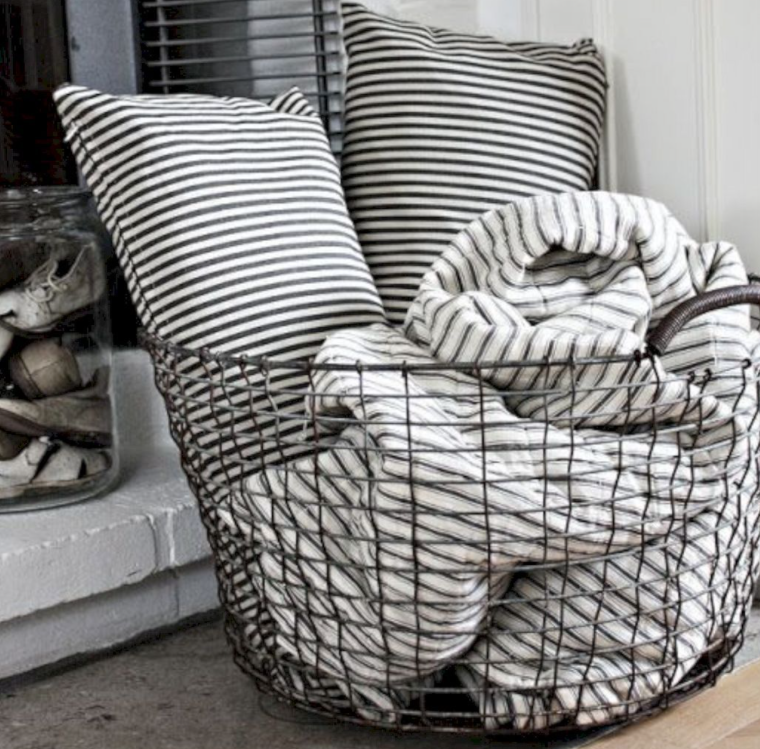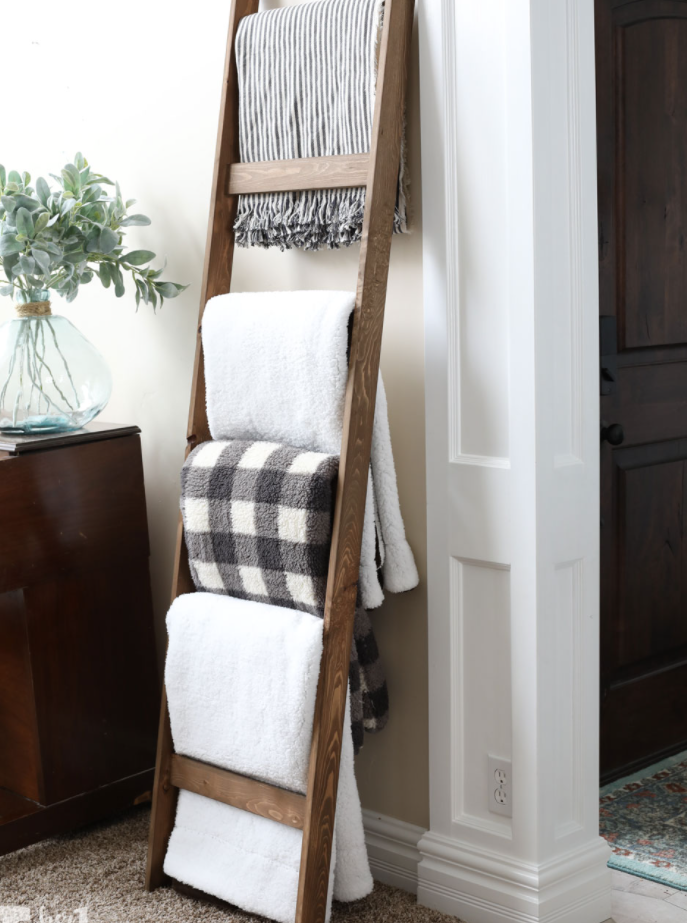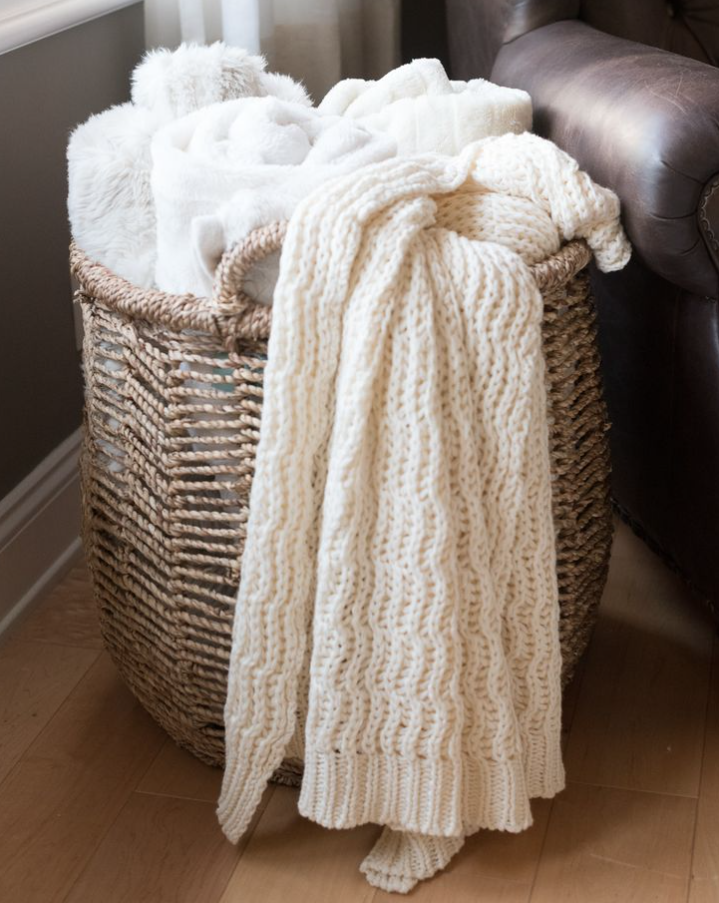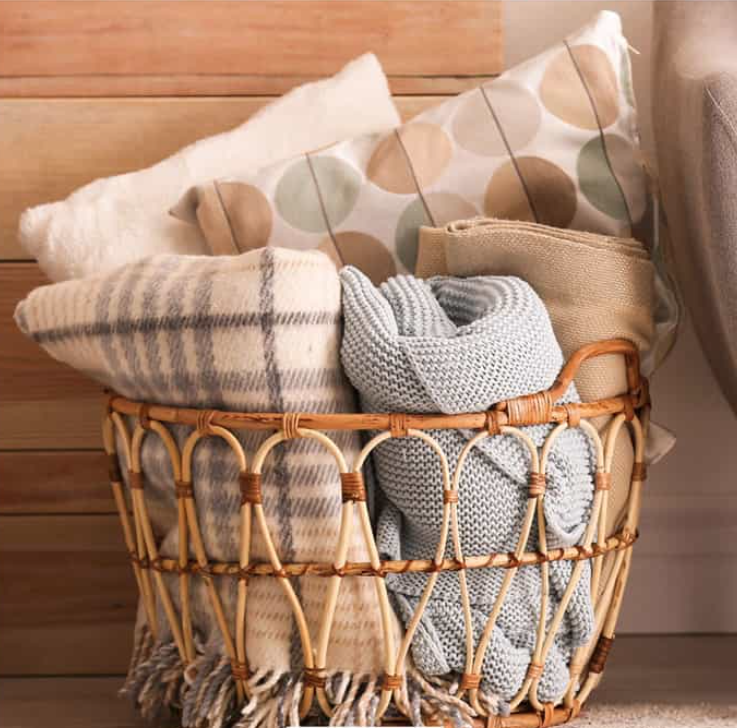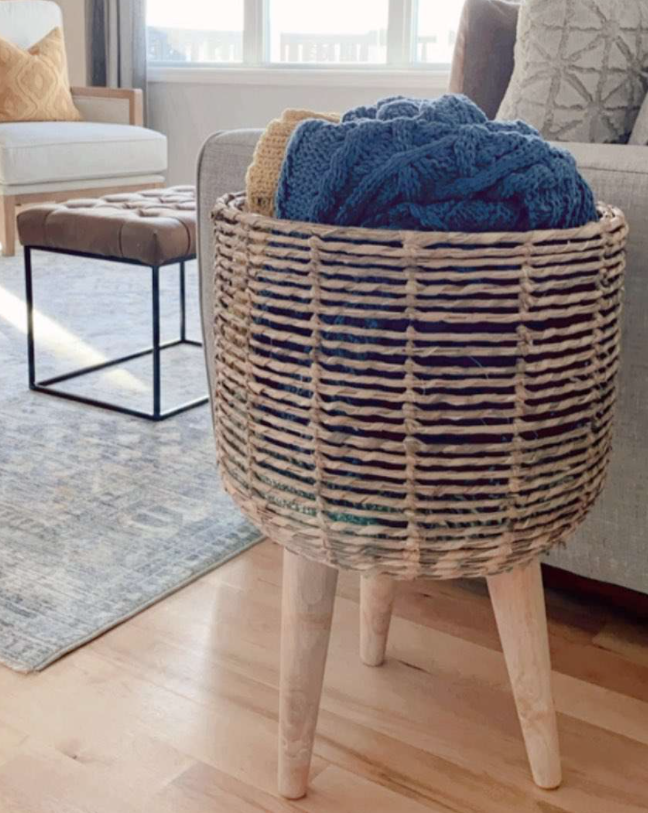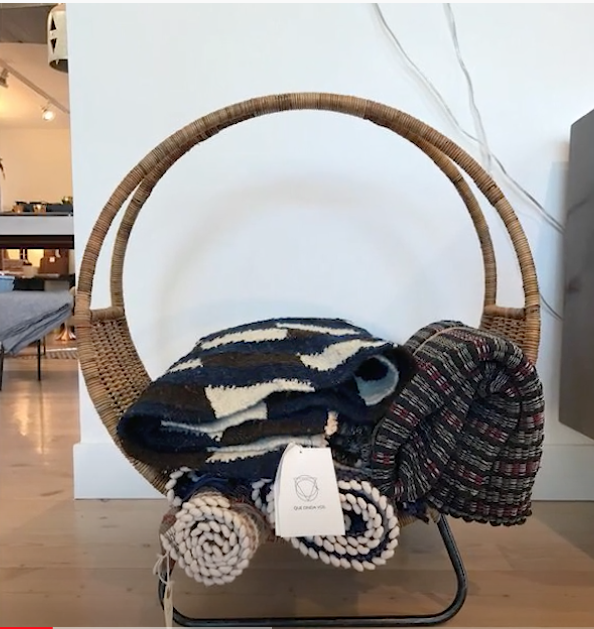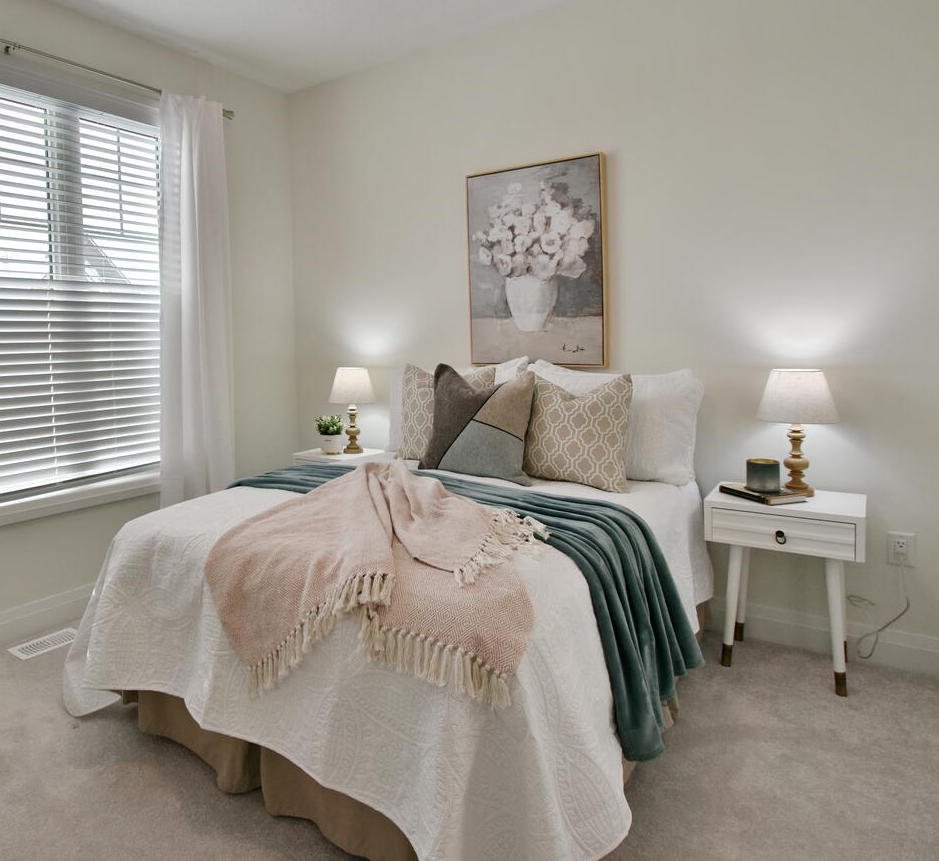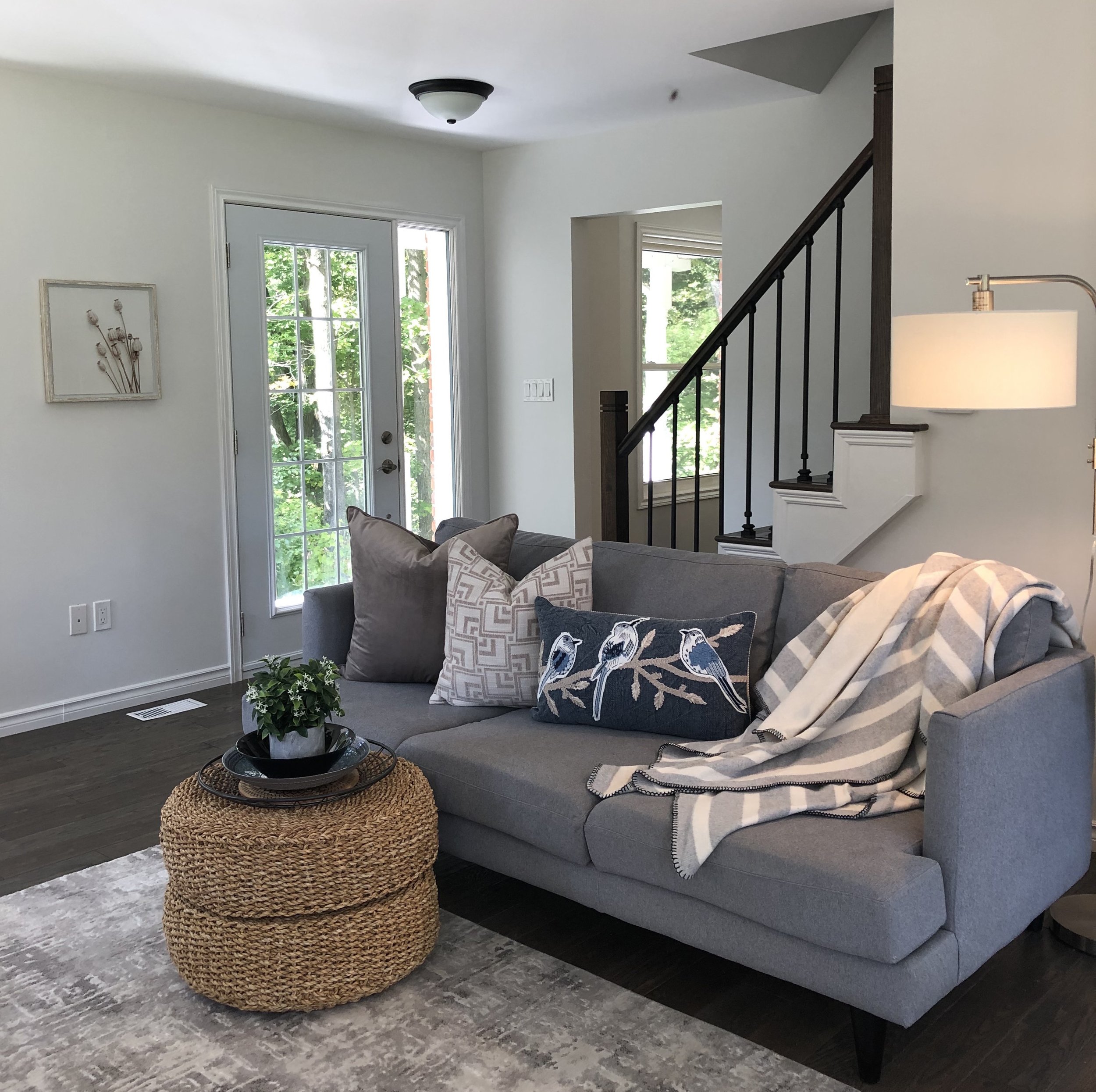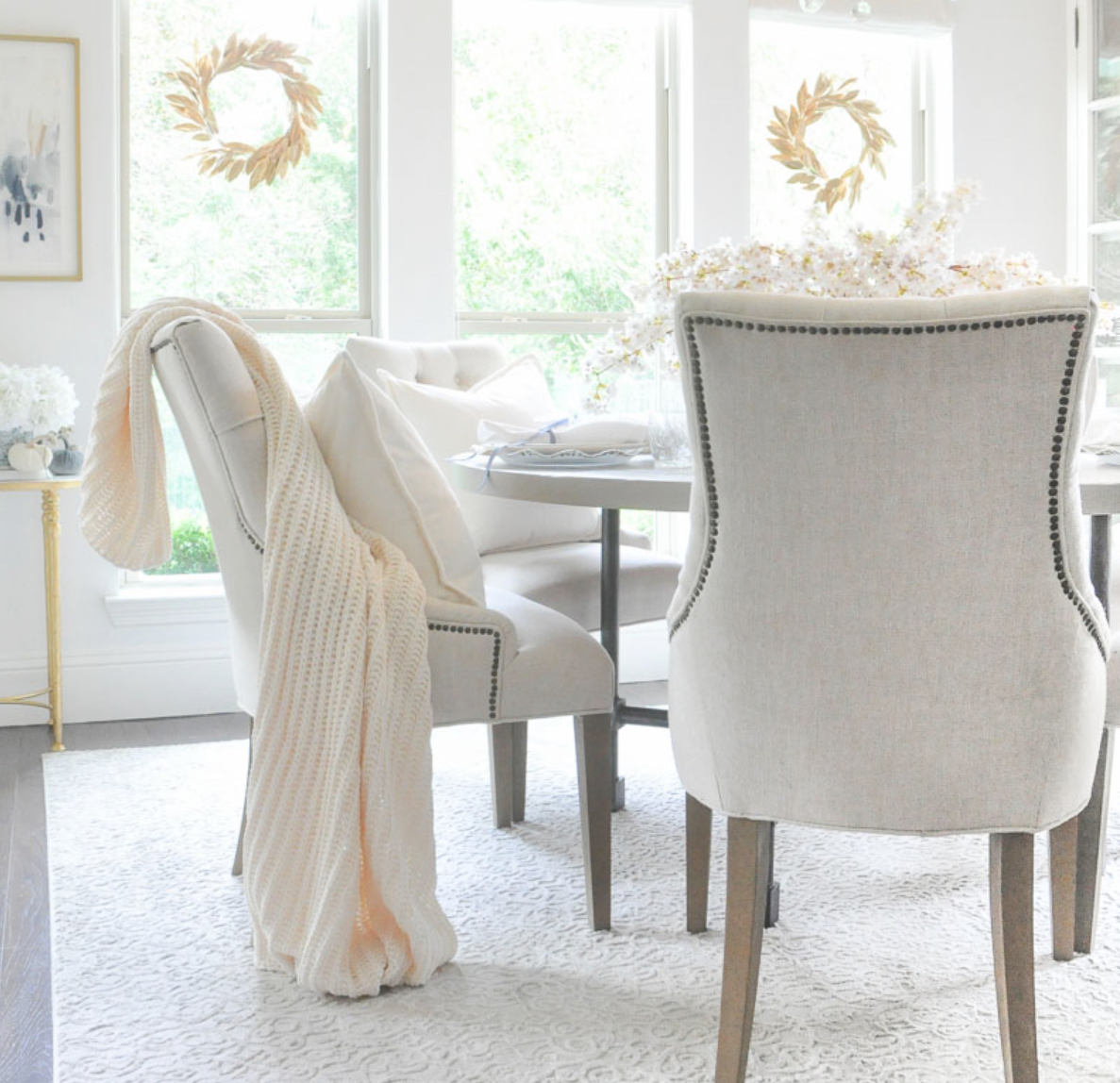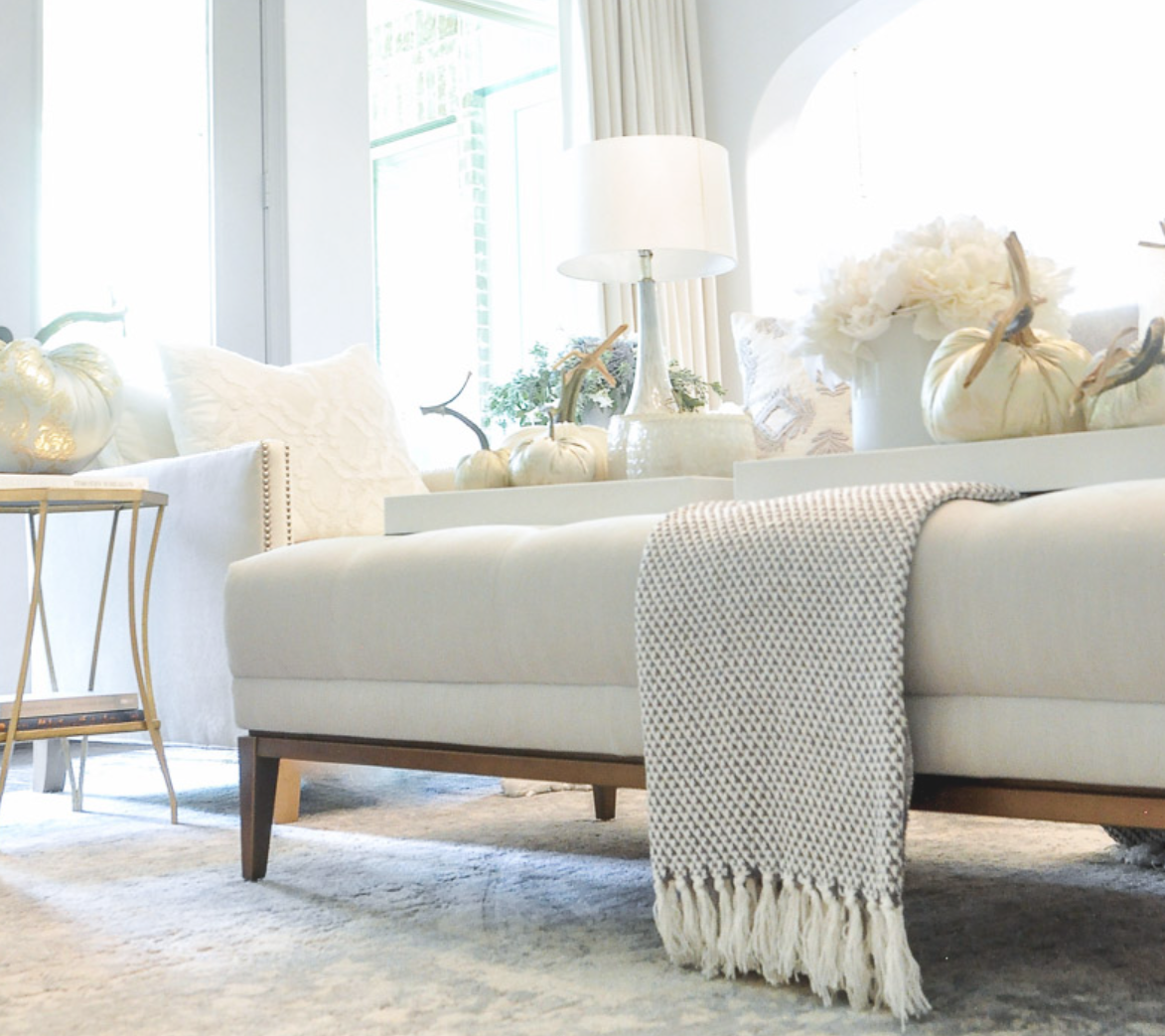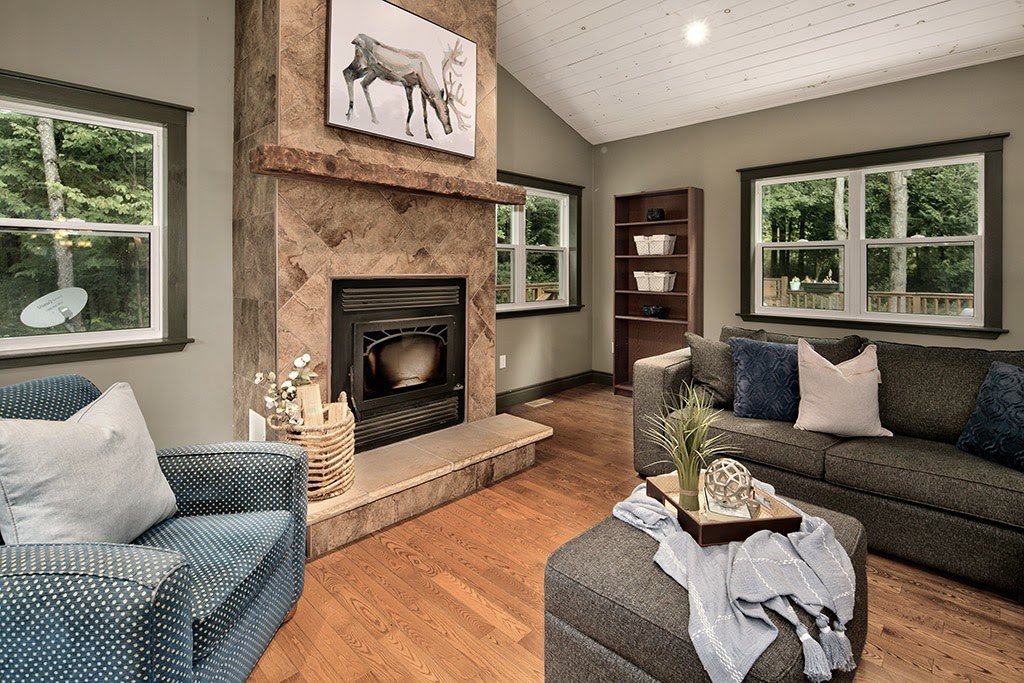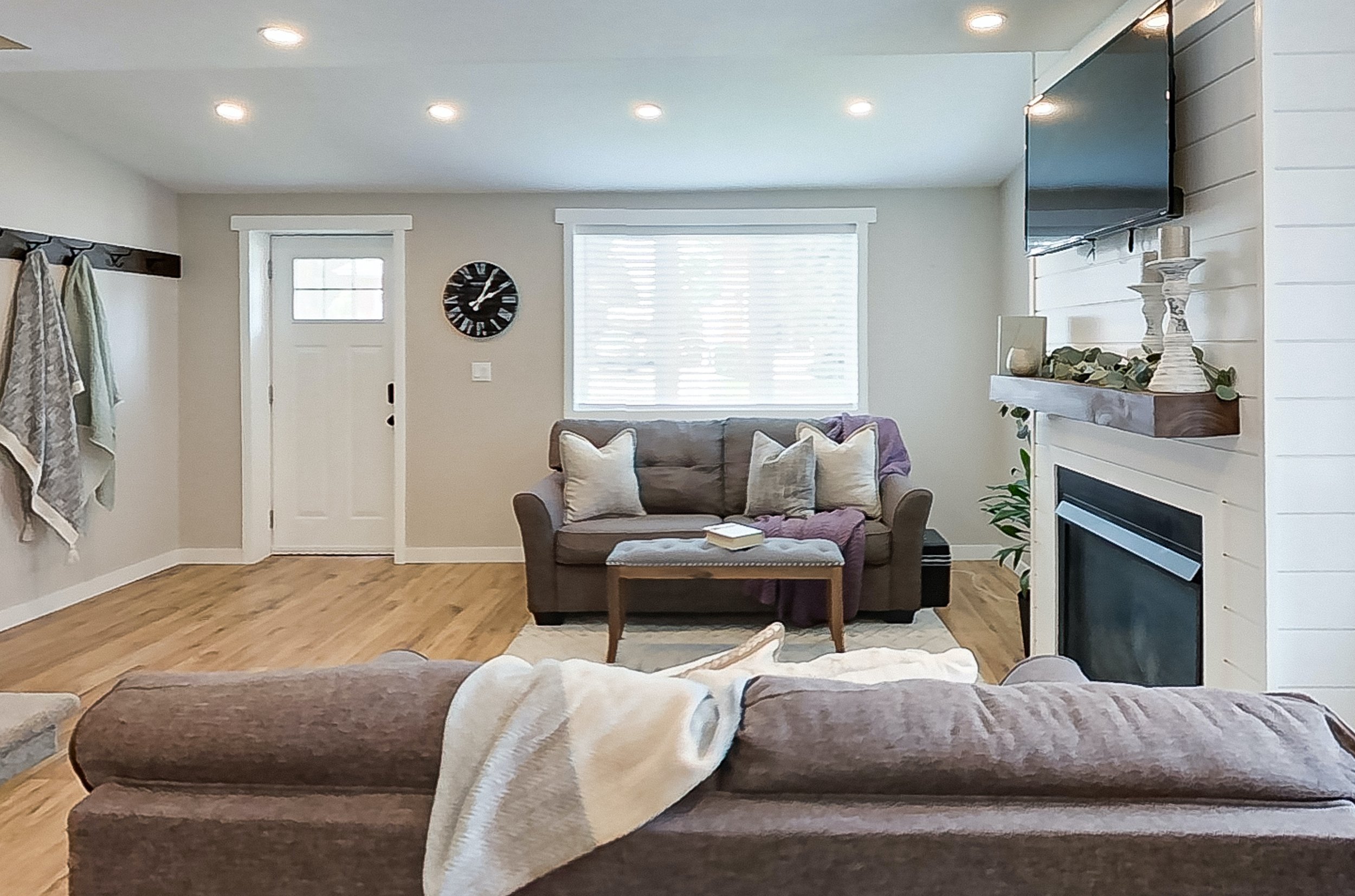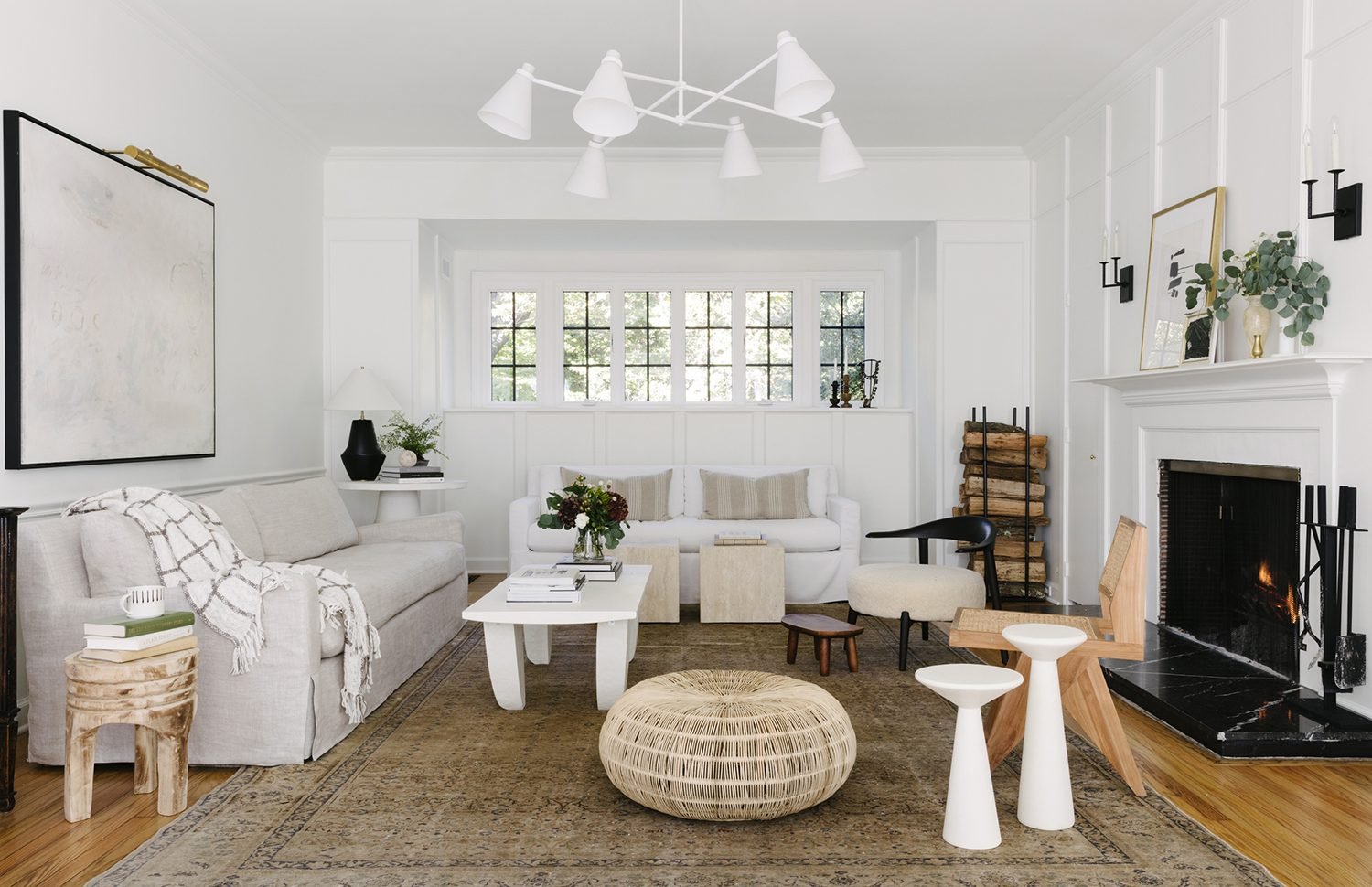Now entering my 10th year of staging provides me with some unique insight … the ability to look back over time to analyze many things staging-related - who embraces the process and why, who doesn’t and why, etc.
One very glaring observation has been the lack of pre-listing consults happening:
in any market condition
with all local Realtors (Grey County, Southern Georgian Bay and the Bruce Peninsula)
with even my go-to Realtors (eek)
I’m not going to lie … when I peruse Realtor.ca and observe the (really not good) state of many listings, I’m stunned. I always ask myself ‘how on Earth did that happen?’ - meaning, what events led up to the seller being okay with presenting their home that way? the Realtor being okay with presenting the home that way? And, I’m not talking about lower-end listings … it happens at ALL price points.
Presentation is everything in real estate.
So, why are pre-listing consultations NOT happening to make sure EVERY listing is consistently professional and polished?
Without surveying Realtors and sellers (which I would love to do!), one of the conclusions I’ve come to is that there’s a misconception that consults are just a nuisance - they take time and money, they delay the listing, they create an obligation to stage, they put more pressure on the seller at an already difficult time and create conversations Realtors just don’t want to have. The general concensus still seems to be ‘list now and we’ll figure things out later”. Here’s the truth:
“Pre-listing consults are, hands-down, the best investment any Realtor or Seller could make (and with very minimal cost). They provide genuine, expert help in the form of a comprehensive game plan which outlines what needs to be done to prep the home before listing. Completely pressure-free. No upsell. Just honest, neutral, professional guidance aimed at providing the best chance of selling.
There are no downsides for either the Seller or Realtor. Bottom line, a pre-listing consult should occur:
on EVERY LISTING
at ANY PRICE POINT
EVERY TIME
Let’s talk!
Julie Brown, CSP
email: julie.b@flairstyleco.com
519 270 482

